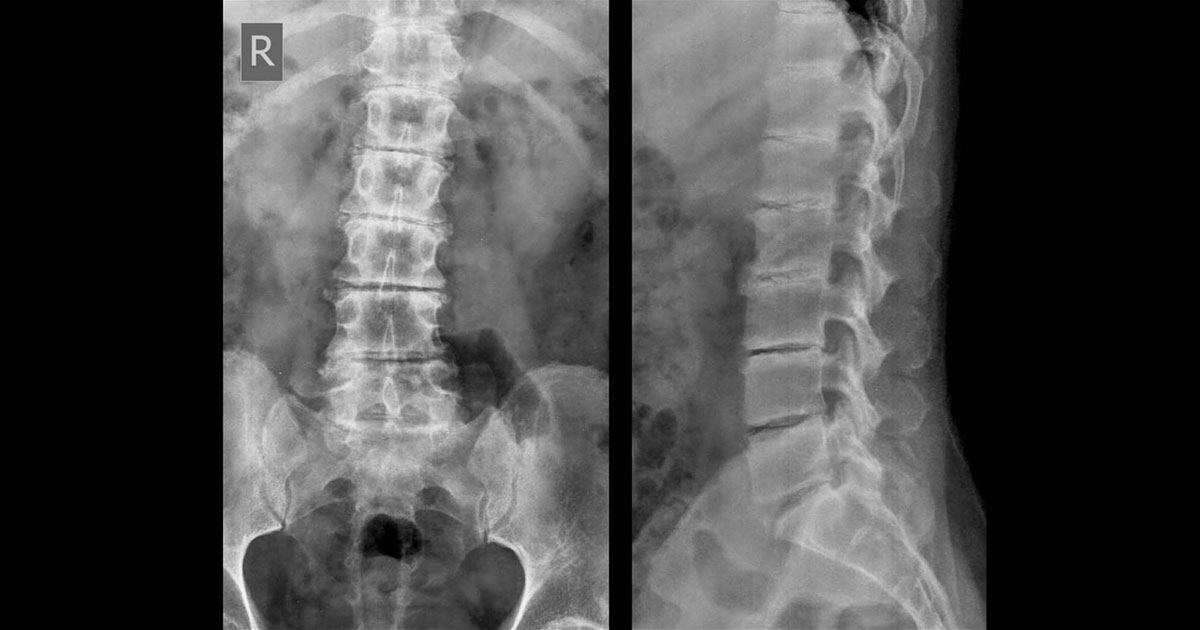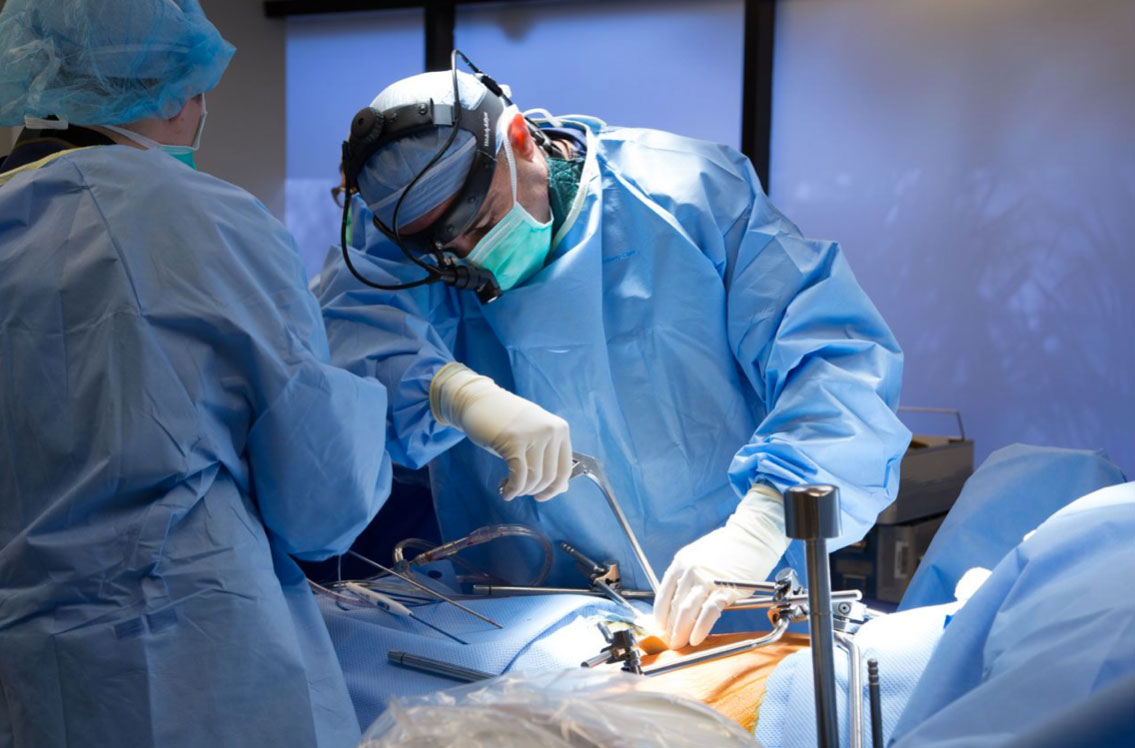
Debunking Myths on Lower Back Pain
Myth #1 - An MRI/CT or X-Ray is required to diagnose lower back pain.
FACT - In most cases of lower back pain, an MRI, CT scan or X-Ray will be not required (1). An accurate diagnosis can be made through a clinical examination untaken by a Chiropractor or physiotherapist. This will include a thorough medical history and a physical examination. In many cases, medical scans can identify changes which may not be the pain-producing mechanism. While findings such as ‘disc degeneration’ and ‘disc bulge’ can seem important in a scan, they are largely meaningless in isolation. It is recommended that these expensive tests are reserved when signs of more serious problems are present, where the potential radiation exposures may be justified (2,3).
Myth #2- Lower back pain is only an old person problem.
FACT - 85% of the population will experience back pain at some stage of their life. There is never one single reason for lower back pain, such as age, but rather several contributing factors. It is a practitioner's job to identify the cause and address them accordingly.

Myth #3 – Surgery will cure your back pain.
FACT – Only a small amount of people with lower back pain require surgery. A clinical examination untaken by a practitioner is usually sufficient to identify those who need to be referred to a surgeon. Most people who experience lower back pain are able to manage by staying active, identifying the factors which are involved in their pain and undertaking convective treatment. Surgery is generally not considered until conservative measures such as Chiropractic, Physiotherapy and exercise have failed, as it is a higher risk treatment. On average, the results for spinal surgery are no better than with conservative interventions (4,5).
Myth #4 – Complete rest is the key to recovery.
FACT – There is strong evidence to suggest that complete bed rest and sitting on the couch will only impede recovery but perpetuate pain (6). In the initial stage, avoiding aggravating activities will help to relieve pain. However, keeping active and returning to all normal activities, including work and hobbies, is important in aiding recovery (7). Prolonged bed rest is unhelpful, and is associated with higher levels of pain, greater disability, poorer recovery and greater absence from work (8,9).

Myth #5 – Strengthening muscles will protect your back.
FACT – Strengthening and maintaining core muscles does help reduce the incidence of lower back pain. However, the muscles may be inhibited, thus, re-education and activation of the correct core muscles are imperative. This can be determined by your Chiropractor or Physiotherapist.
References:
1. Chou R, Qaseem A, Owens DK, Shekelle P. Diagnostic Imaging for Low Back Pain: Advice for High-Value Health Care From the American College of Physicians. Ann Int Med. 2011;154:181.
2. Savage R, Whitehouse G, Roberts N. The relationship between the magnetic resonance imaging appearance of the lumbar spine and low back pain, age and occupation in males. Eur Spine J. 1997;6:106-14.
3. Jarvik JJ, Hollingworth W, Heagerty P, Haynor DR, Deyo RA. The longitudinal assessment of imaging and disability of the back (LAIDBack) study: baseline data. Spine. 2001;26:1158.
4. Chou R, Baisden J, Carragee EJ, Resnick DK, Shaffer WO, Loeser JD. Surgery for low back pain: a review of the evidence for an American Pain Society clinical practice guideline. Spine. 2009;34:1094. 68.
5. Ivar Brox J, Sørensen R, Friis A, Nygård Ø, Indahl A, Keller A, Ingebrigtsen T, Eriksen HR, Holm I, Koller AK. Randomized clinical trial of lumbar instrumented fusion and cognitive intervention and exercises in patients with chronic low back pain and disc degeneration. Spine. 2003;28:1913
6. Maher C, Latimer J, Refshauge K. Prescription of activity for low back pain: what works? Aust J Physiother. 1999;45:121-32. 41.
7. Waddell G, Feder G, Lewis M. Systematic reviews of bed rest and advice to stay active for acute low back pain. The British Journal of General Practice. 1997;47:647. 43.
8. Malmivaara A, Häkkinen U, Aro T, Heinrichs ML, Koskenniemi L, Kuosma E, Lappi S, Paloheimo R, Servo C, Vaaranen V. The treatment of acute low back pain—bed rest, exercises, or ordinary activity? NEJM. 1995;332:351-5. 44.
9. Deyo R, Diehl A, Rosenthal M. How many days of bed rest for acute low back pain? A randomized clinical trial. NEJM. 1986;315:1064.